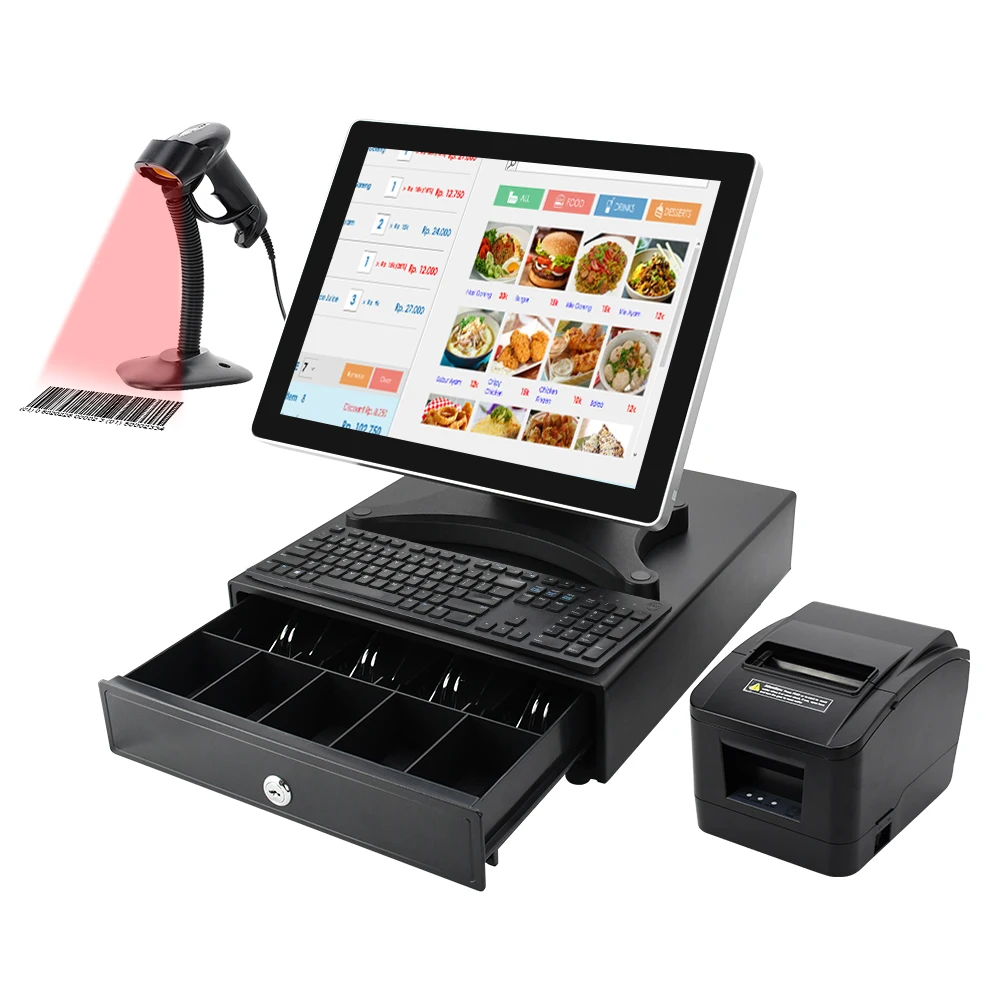Just How POS System Works: A Comprehensive Guide for Organization Owners

Recognizing the Elements of a POS System

Just How Sales Purchases Are Processed
When a customer determines to purchase, the sales deal launches a series of methodical steps within the POS system. First, the cashier inputs the items being acquired, which are checked through a barcode visitor or by hand gotten in. This action fetches item information, consisting of pricing and applicable taxes, from the system's database.Next, the consumer exists with the complete amount due. The POS system then refines the payment, whether with cash money, bank card, or mobile payment approaches (Restaurant POS Software). For digital settlements, the POS firmly communicates with payment processors to accredit and validate the transaction.Once the repayment is validated, the system produces an invoice, which can be published or sent digitally. This receipt acts as receipt for the customer. The transaction information is recorded in the system, guaranteeing precise sales records and financial monitoring for the company.
Stock Management and Monitoring

Efficient stock administration and tracking are vital elements of a POS system, as they guarantee that businesses keep suitable stock levels and reduce disparities. A robust POS system permits real-time inventory updates, reflecting returns and sales instantly. This allows local business owner to keep an eye on stock degrees accurately, guaranteeing that prominent products are easily offered while preventing overstocking of much less prominent products.Additionally, advanced POS systems provide attributes such as computerized stock notifies and reorder pointers, enhancing the procurement procedure. Barcoding and RFID innovation improve precision in tracking inventory movement, lowering human error. Comprehensive coverage tools offer insights right into inventory turn over rates, helping companies make educated choices concerning buying and product offerings. Inevitably, efficient supply management via a POS system not only enhances operational performance but likewise improves client contentment by making sure item availability.
Analyzing Client Data and Insights
Client information analysis acts as an effective device for services using a POS system (Restaurant POS Software). By examining and collecting transaction information, businesses can discover beneficial insights about customer habits and choices. This analysis enables them to identify buying patterns, peak shopping times, and preferred items, thereby educating supply decisions and advertising and marketing strategies.Additionally, businesses can sector their consumer base, permitting for individualized advertising initiatives that deal with certain demographics or buying behaviors. Comprehending client commitment patterns likewise aids in developing targeted promotions and incentives programs.The information gleaned from a POS system can also disclose insights right into customer comments, enabling services to make informed decisions concerning product offerings and solution improvements. Ultimately, leveraging consumer data efficiently can boost the total purchasing experience, foster consumer contentment, and drive income development
Advantages of Executing a POS System

Frequently Asked Questions
What Types of Businesses Can Take Advantage Of a POS System?
Numerous services gain from a POS system, consisting of retailers, dining establishments, hair salons, and e-commerce platforms. These systems streamline deals, supply administration, and consumer data, improving functional efficiency and boosting customer experience throughout varied markets.
Just how much Does a POS System Commonly Cost?
The expense of a POS system typically varies from a couple of hundred to a number of thousand dollars, depending on attributes, equipment, and software application. Companies should take into consideration continuous costs for deal, upkeep, and support handling when budgeting.
Can I Incorporate a POS System With Existing Software Program?
Incorporating a POS system with existing software application is usually possible. Several systems supply APIs or integrated compatibility functions, permitting services to simplify operations and improve functionality by linking various software application applications efficiently.
What Training Is Needed for Staff to Utilize a POS System?
Training for staff to use a POS system generally includes see this site understanding software capabilities, processing purchases, taking care of stock, and taking care of client communications. Practical demonstrations and hands-on practice sessions improve proficiency and confidence being used the system effectively.
What Takes place if the Internet Goes Down While Making Use Of a POS System?
If the web drops during POS system use, transactions may be disrupted. Lots of systems provide offline abilities, permitting standard operations to proceed, but complete performance, including real-time stock updates, will be restricted. A Point of Sale (POS) system is made up of several vital parts that function together to help with transactions and manage organization procedures. Reliable supply management and tracking are necessary components of a POS system, as they guarantee that organizations maintain perfect stock degrees and reduce discrepancies. Consumer information analysis serves as an effective device for companies utilizing a POS system. Recognizing consumer commitment patterns likewise aids in establishing targeted benefits additional hints and promos programs.The data amassed from a POS system can likewise disclose understandings into client feedback, making it possible for organizations to make informed decisions pertaining to product offerings and solution renovations. Applying a POS system provides countless advantages that can significantly boost company operations.